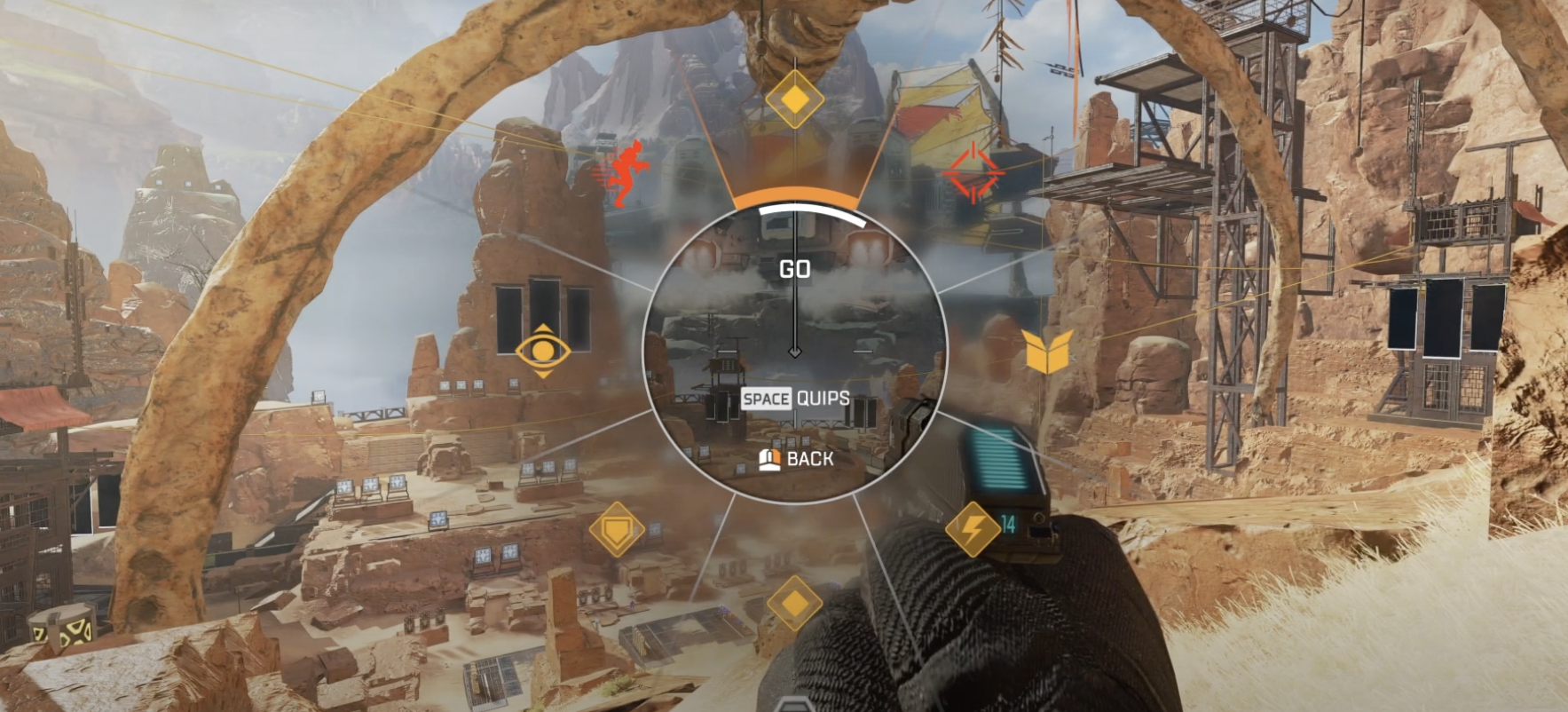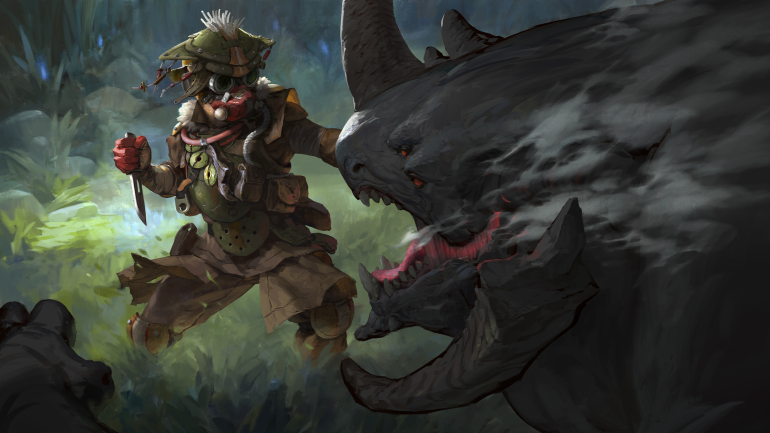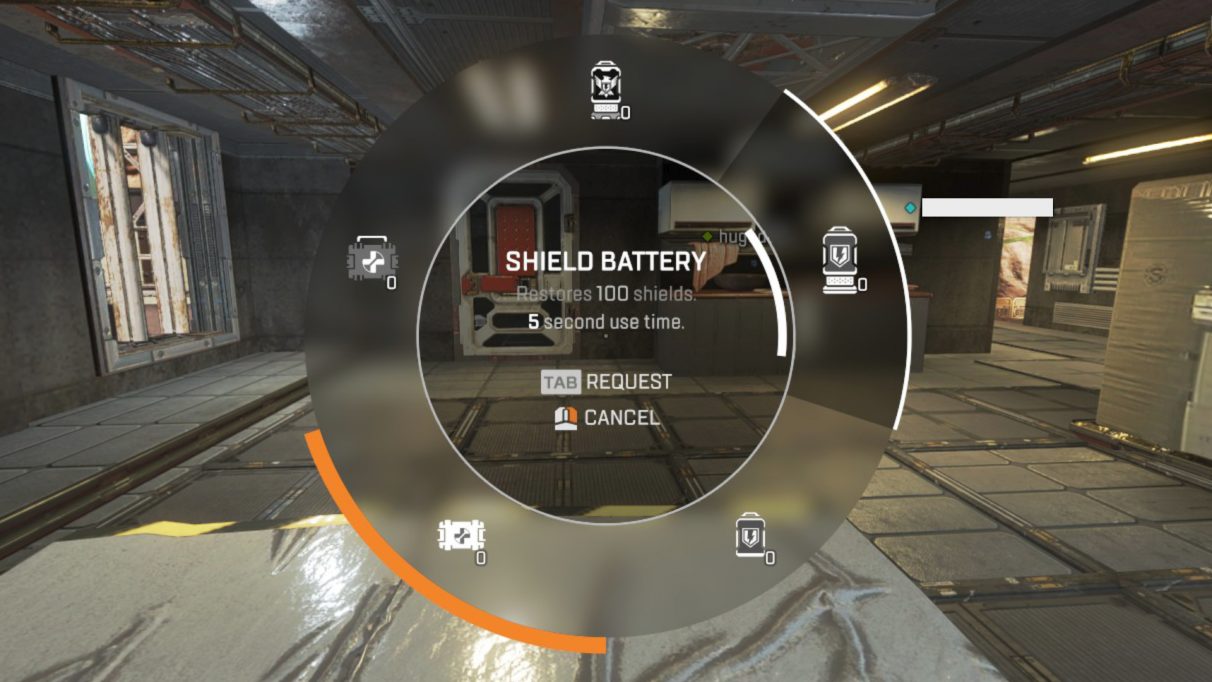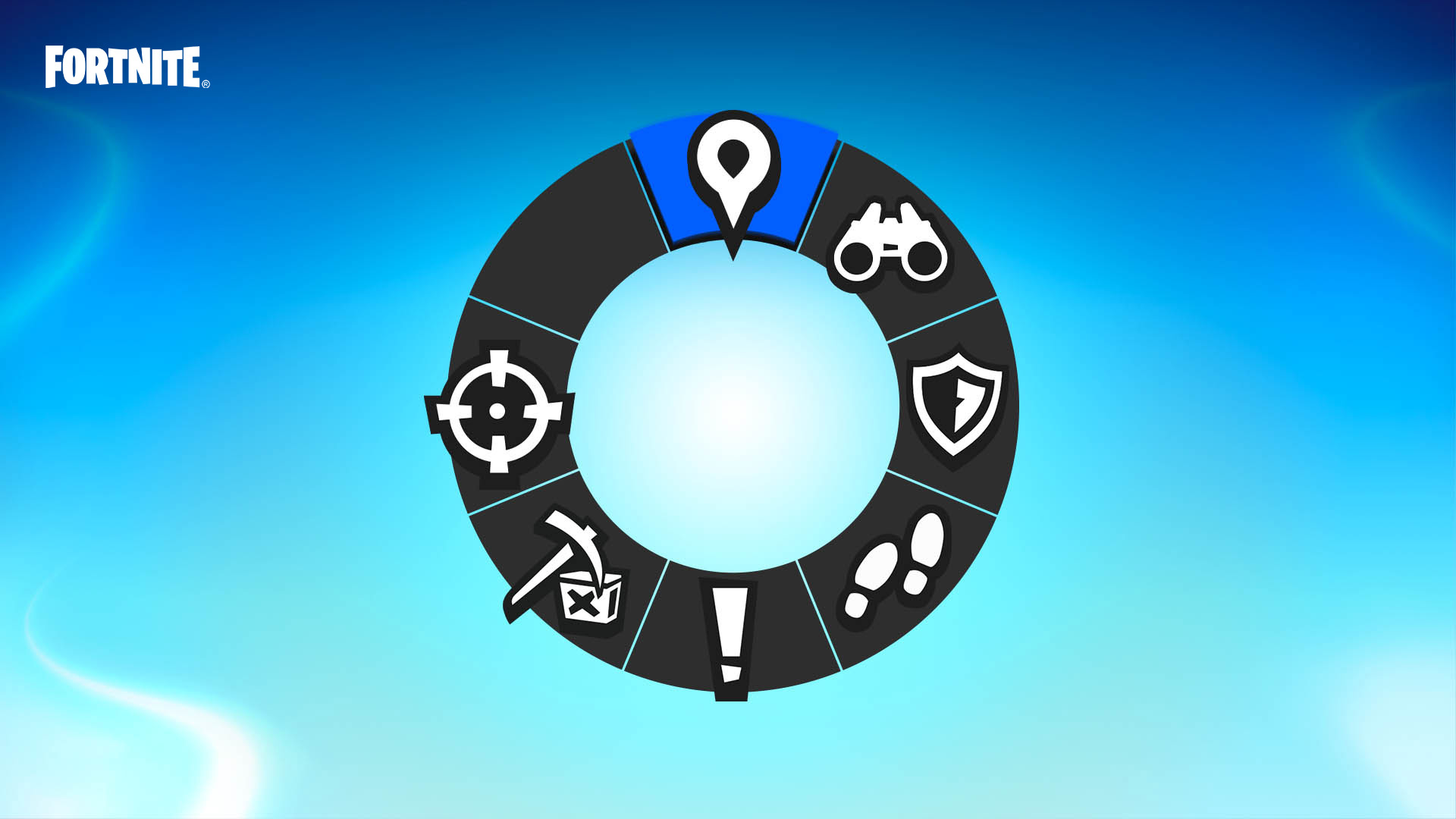Silently, suddenly, and successfully, Apex Legends premiered in February 2019. With promotional material being released at its drop and streamers giving eager players a look into the shooter as they downloaded the title on their machines, the surprise release turned out to be a good move.
The battle royale game set in the world of the beloved Titanfall series gained positive traction as quickly as it dropped. The feel of its gameplay with unique abilities for each character, a variety of weapons, and a fresh respawn system instantly set it apart.
One particular feature formed a wave of its own on release, its tides crashing in, changing the status quo for battle royale games. A feature so commonly used, it is ingrained into practically every game in the genre. It was the ping wheel.
The Respawn team unified and brought purpose to the feature with simple but smart design and accessibility choices. The changes to the classic pinging mechanic were quickly felt within (and even outside) the scene.
Reinvention in Intention
Common ping systems, especially for the booming battle royale scene, always felt like a secondary option of communication for players. There was no certainty that using pings could allow a uniform way of passing information along. It usually would work best as a follow-up from a verbal or text command or comment from your teammates. Most of the time, if not in with a group of friends or playing solo, its placement could be thought of in numerous ways. A ping might mean caution, to relocate, and that could mean the difference between winning and losing a game.
This reinvention of the ping wheel was done with intention. The groundwork for these changes was an understanding of the situations outside the heat of battle, the lull between fights, and the smaller moments of every match. The small moments you would unmute your mic for.
A breakdown of the core tenets of the ping wheel (what I assign the acronym C.A.N.O.E)
- Commands: “Defend Here!”, “Attack Here”
- Actions: “I am going here!”, ” I am defending here!”
- Needs: “Need light/heavy ammo!”, ”Need a weapon!”
- Observations: “Enemy Here!”, “Someone was here!”, “Supply Bin Open!”, ” Weapon Here”
- Exclamations: “Hi!”, ” No!”

The rebuilding of this feature does not end with the pinging itself. In Apex, a command ping system is ingrained in the gaming experience with an additional connection between the HUD and in-game character voice, going beyond the usual visual cues of the ping icon themselves.
The initial system included a visual confirmation for the pinging of items in the game, allowing members to interact with the said cue, for both confirmation or cancellation of the confirmation of the need for the pinged item. Even the ability to ping items needed but not currently obtained (attachments, ammo, weapons, shields) gives the player an interactive shorthand, an understanding between teammates. With the follow-up of command or need-specific voice lines, information is shared instantly, through various visual and audio formats.
The Apex Effect
EA later gave access to its Pinging technology through its patent pledge in 2021, which allows anyone to use the said system in their games, and competitors in the scene did not hesitate.
In the same month, Fortnite took note, updating their marking (pinging) system in Chapter 1 Season 8. Epic Games added new HUD elements to show the rarity of items pinged by players, as well as the ability to ping without opening the map, marking enemies while aiming down sights.
The next month, they included the ability to respawn via Reboot Vans, and in Chapter 3 Season 4, Fortnite continued their marking redesign by updating their command wheel for squads and NPCs.
Within weeks of Apex’s release, PUBG added Radio Commands in their Patch 30 update, a new command wheel with choices of commands which show up in text on the screen.
The changes greatly improved the flow of communication in these games, noting the pros of a competitive battle royale landscape: when great features are implemented and shown to work well with its players, others follow suit.
One of the games that took advantage of Apex’s example was not a battle royale nor one that came out that year, but the sequel to the 2016 FPS powerhouse Overwatch. Like Apex Legends, Overwatch 2 took advantage of their characters’ chatter and abilities and applied it to a HUD/text and in-game voice pinging system. As a support main, it’s great to be able to ping enemies with clear visual indicators and more command options.
The ping system is such a powerful tool. It becomes second nature when gaming online, and it can be easily forgotten. Apex’s reinvention of the feature allowed players to communicate in a meaningful way without the need to talk. It revamped a commonly used feature into a more used tool not only in Apex Legends but in other current and future titles. So yeah use that ping wheel to ask for that extra Shield Battery because you don’t want to use any of yours, that’s what it was built for.




